
In a national survey, an overwhelming majority of school counselors said their students are showing more signs of anxiety and depression than before the pandemic and increasingly experiencing challenges like trouble regulating their emotions and difficulty focusing on classwork or solving interpersonal conflicts. While the most recent federal budget nearly doubled previous funds for social and emotional learning, mental health, and student support, counselors say more resources are urgently needed in order to reach all students.
- Research

Responding to data revealing that the pandemic accelerated a decline in students’ mental health, this article describes how numerous states are combining COVID relief dollars with local funding to support youth mental health. Specific efforts include programs to help identify and support students who may be struggling and initiatives to foster emotional well-being and school–community connectedness.
- News
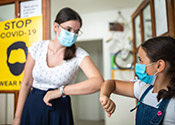
This blog post describes 10 of the most important steps schools and districts can take to address challenges related to COVID in 2022–23. Topics include mitigation strategies, social and emotional challenges, academic recovery, and the role schools can play in disseminating health information.
- Tools & School Guidance

This blog post describes the importance of partnership-driven family engagement in designing academic and social/emotional COVID recovery interventions at the school level. Family engagement efforts can help address issues with interest, program eligibility, transportation, and scheduling that students may face in accessing such interventions.
- Tools & School Guidance
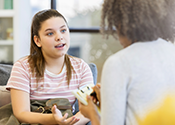
This blog post explains how California’s recent investment in student mental and behavioral health services—the $4.7 billion Master Plan for Kids’ Mental Health, which is targeted at interventions like increasing the number of school counselors—will be instrumental in addressing increases in student mental health symptoms brought on by the pandemic.
- News

This article describes a National Academies of Sciences report that finds federal and state COVID recovery efforts have not allocated sufficient support for students who have lost family members to COVID. The report explains how bereaved students—disproportionately racial and ethnic minorities—would benefit from extended medical and social support services to counter the “negative developmental cascade” that can be brought on by grief.
- Research
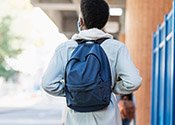
Data released in March 2022 by the U.S. Centers for Disease Control and Prevention illustrate the proliferation of mental health challenges among U.S. high school students since the COVID-19 pandemic began. In particular, 44% of surveyed youth said they felt persistently sad or hopeless during the past year. One factor found to protect students against negative outcomes is school connectedness—“a sense of being cared for, supported, and belonging at school”—but less than half of the surveyed students said they felt connected to their school community during the pandemic.
- Research
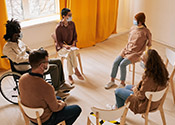
This article lists eight strategies identified by a national survey of school counselors to help students recalibrate after the pandemic, including hiring more counseling staff, restarting group activities, and teaching social and emotional skills and therapy tools.
- Research
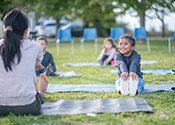
This website includes free, evidence-based video and print resources to teach children mental health and coping skills to address a range of challenges, including stress from isolation, personal trauma, and learning challenges brought on by COVID-19. English- and Spanish-language resources address topics such as understanding feelings and thoughts, relaxation skills, managing intense emotions, and mindfulness.
- Virtual Training

This article explains how anxiety and depression among adolescents “have surged amid the isolation, disruption, and hardship of COVID-19.” Over a third of districts nationally are spending federal COVID relief dollars on mental health professionals, and just under a third are funding social-emotional learning efforts, but experts say far more support is needed.
- News
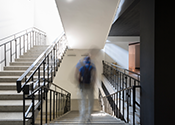
This article describes the growing chronic absenteeism in U.S. public schools, which has doubled from pre-pandemic numbers. District strategies to improve attendance among chronically absent students—those missing 10% or more of school days—include regularly collecting and sharing data, conducting home visits, and making additional efforts to foster a sense of belonging at school.
- News